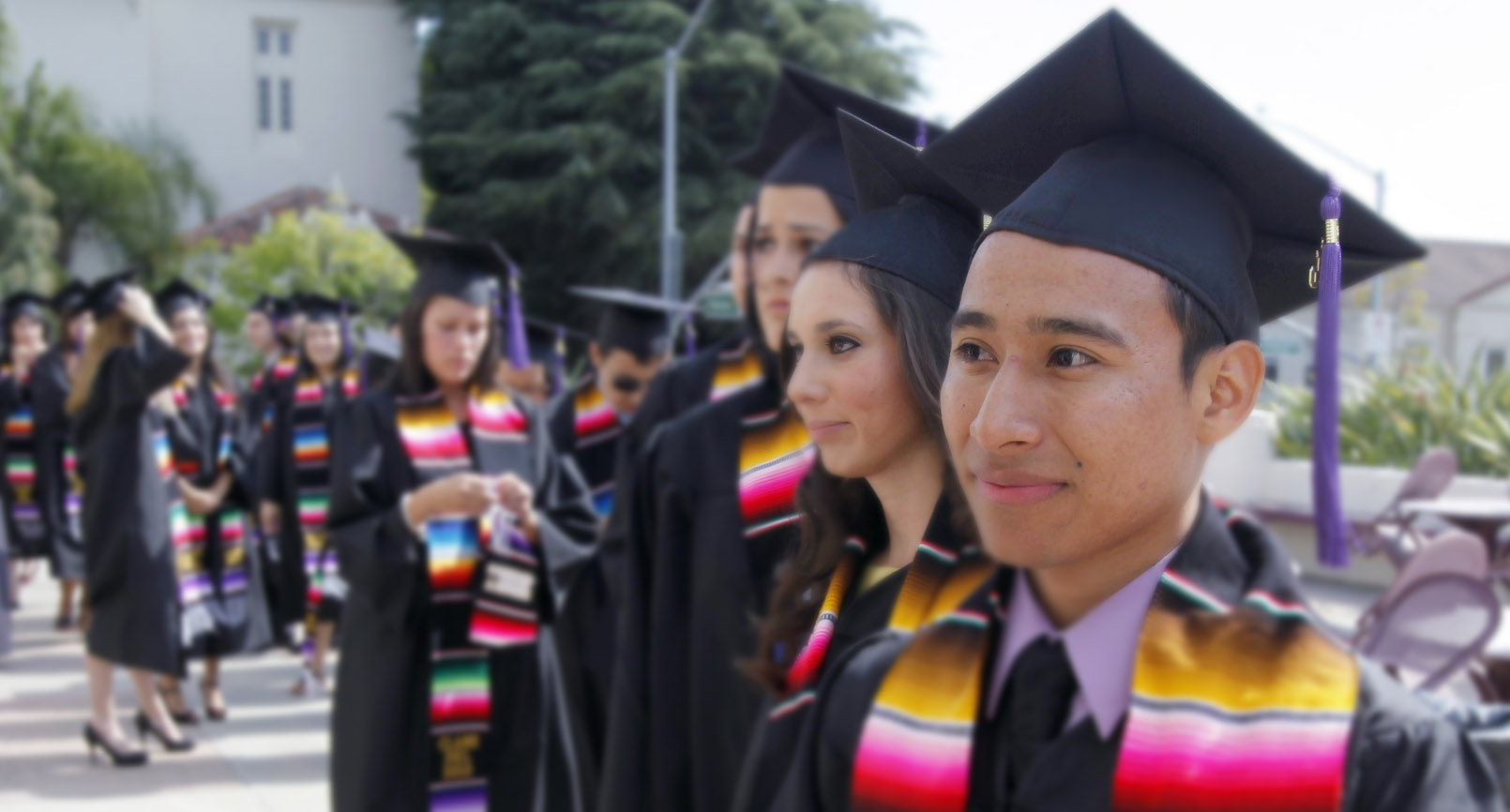by: Faiz Saulat

Enjoy learning and want to go to a “good” school? Just maintain at least a 3.7 GPA to be competitive in classes; sacrifice sleep throughout the semester, especially during exam week to study; outrank most of your classmates; participate in a wide variety of extracurricular activities; satisfy all of the prerequisites for your program; and, most importantly, score high on expensive standardized tests.
This is the nature of the U.S. education system today. Rather than inspiring students to learn through error, natural interest, and desire, secondary and post-secondary schooling is unwelcome to creativity by generating exhausted and homogeneous young adults. Firstly, most institutions are based on traditional grading scales that train students to prioritize higher scores, rankings, and incomes over higher knowledge or error-based learning. Additionally, many school curricula in both secondary and post-secondary schools are too standardized to accommodate individual learning styles.
At its core, the high school and college grading system is counterproductive because it uses numbers as incentives, dwarfing the incentive of genuine curiosity. Such a number-based system comes with stakes as high as rejection from a school or a major altogether. Performance in classes and exams define cumulative GPA, class rank, and standardized score, the basic measures of academic performance. Consequently, students view success in learning as quantitative, rather than qualitative. In his analysis of grading systems and student motivation, Anthony Docan says that “… grades work to decrease intrinsic motivation and…may distract from the learning process and focus attention on the final result—that of getting a grade.” While grades do serve as a performance benchmark for students, this focus on maintaining higher numbers also takes a toll on the emotional and physical lifestyles of students. In the same study Docan’s research showed that students motivated by incentives such as grades showed signs of more negative emotions, especially in the classroom. While schools should inspire students to further their fields of study based on an instrinsic desire, they are, instead, causing students undue stress.
The American education system relies on a homogeneous curriculum, where students are all held to similar standards. This leads to neglect of other forms of intelligence such as aptitude in the arts and humanities. As a result, students are forced to follow narrowly-structured pathways that allow little room for error and place more emphasis on fulfilling pre-set requirements. A well-paid career should be the byproduct of an education focused on inspiring intrinsic motivation and curiosity among students.
In the current system, intelligence is heavily tied to mastering tests and completing a set curriculum. In his journal article, “’Standardized Minds’ or Individuality?” Dr. Stephen Dollinger, a psychologist at Southern Illinois University, cites research proving that such structured intelligence does not test for creativity in students. He argues that this research is based on “…classic work showing…that creativity depends more on divergent thought whereas admissions tests involve convergent thought.” While standardized tests are, to some degree, an indication of educational performance, Dr. Dollinger explains how students with creative intelligence that cannot be tested and scored are now expected to perform in a system that is built around the idea that intelligence is a numerical standard for all. Such students are falsely convinced that they are not talented or intelligent simply because they are not performing well in an educational environment that does not suit their nature.
Some might argue that there are career paths and majors in diverse areas that students can pursue. While there are a wide variety of organized pathways available for nearly all career interests, the problem is just that; they’re organized pathways. In the current system, careers are simply the end product of a string of required course credits and scores as opposed to lifestyles reached through trial and error or qualitative experience. As explained by education expert Joi Ito “…it feels like…they’re trying to make you memorize the whole encyclopedia before they let you go out and play.”
Such a strictly academic approach to the professional world is impractical as well as damaging to the future. Students are not encouraged to take chances or contribute unique points of view and are, in general, ill prepared to tackle the unpredictability of the professional world. A study done by Chegg, the Student Hub, and Harris Interactive found that while students felt ready for work in their field and confident in their skills, the majority of employers did not. In the study’s survey of over 1,000 hiring managers, less than 40 percent found students to be prepared for jobs in their respective fields. The study showed that part of the reason for this lack of preparation is that students lack practical knowledge. Lesley Mitler, president of Priority Candidates says “…Instead of preparing our students for a particular job or career that would show more predictable and linear growth, they need to learn skills so they can adapt to whatever their job becomes.” Essentially, by restricting students to a limited, academic approach, the U.S. education system is generating a population severely lacking in practical problem solvers and innovators.
With such fundamental flaws in the U.S. education system, an innovative approach to learning should be implemented. Potential solutions include the promotion of secondary and post-secondary institutions that assess performance without grades or even developing schools where students choose their own curriculum. Brown University, for example, features an “Open Curriculum” where students are at liberty to choose their own set of courses. It is based on the idea that “…an undergraduate education is seen as a process of individual and intellectual development, rather than simply a way to transmit a set body of information.” Such unique styles of learning are necessary for harboring and encouraging creativity in current and future generations.
The face of education today consists of students pulling hairs and grinding teeth over textbooks rather than asking questions and forming ideas. With grades used as motivators, students see success as a percentage when they should be exiting the classroom encouraged to learn quality information. Furthermore, the route to the professional world has been systematized to a point where students are graduating unprepared to face challenges of the practical workforce. They are simply information retainers instead of innovators. As a result, schools have evolved into a factory that stifles creativity and starves a future thirsty for more creative minds.


